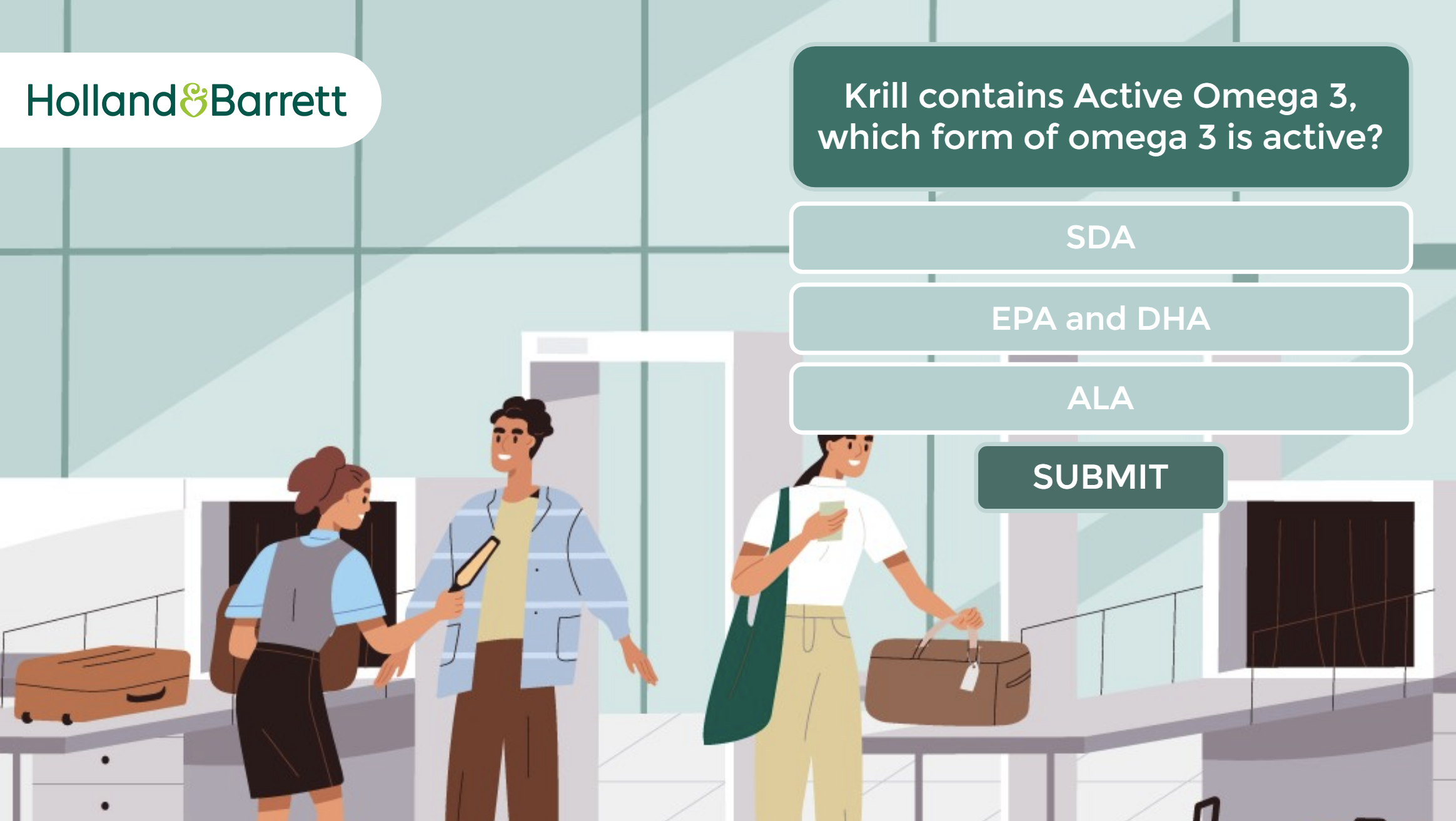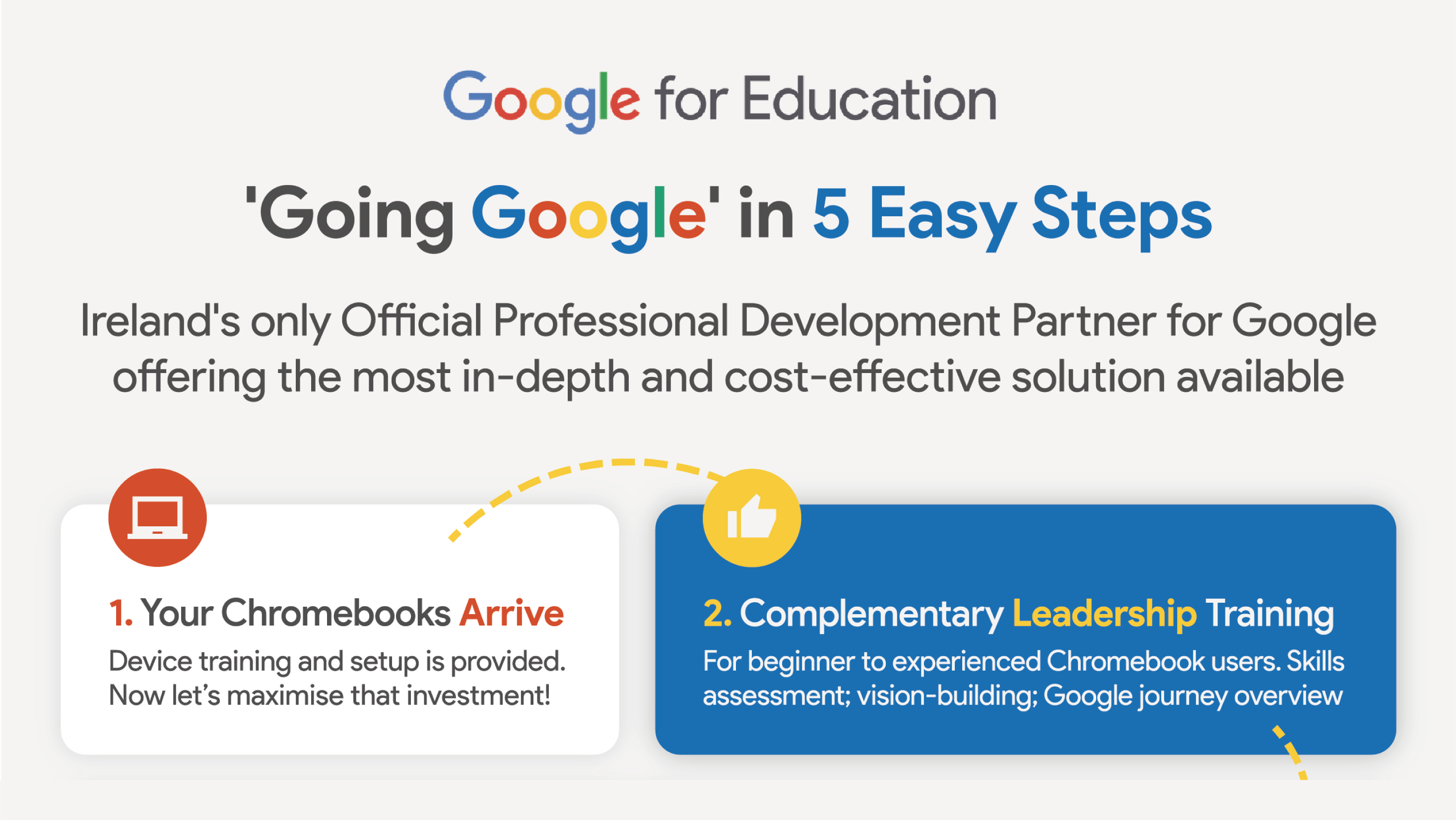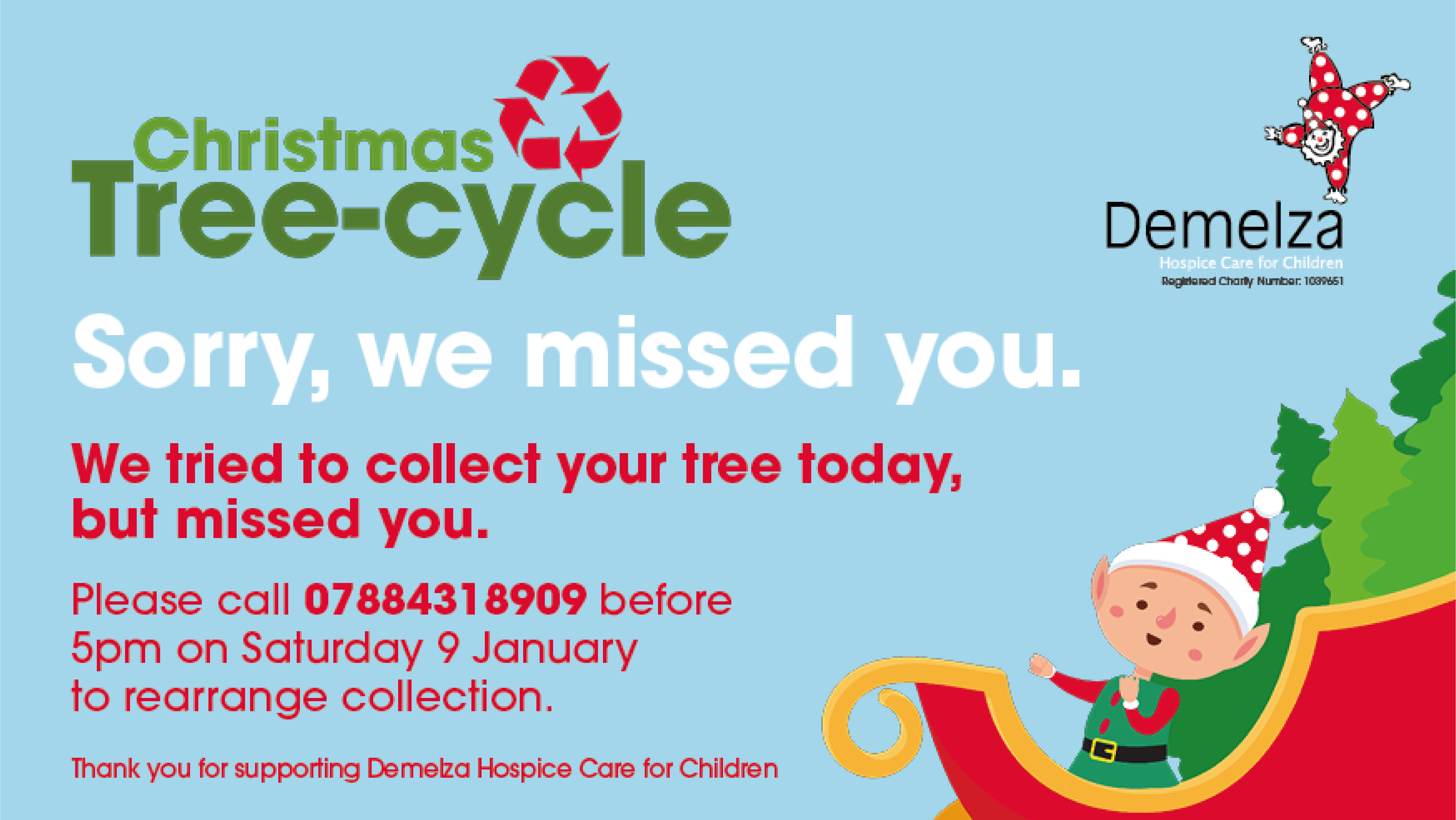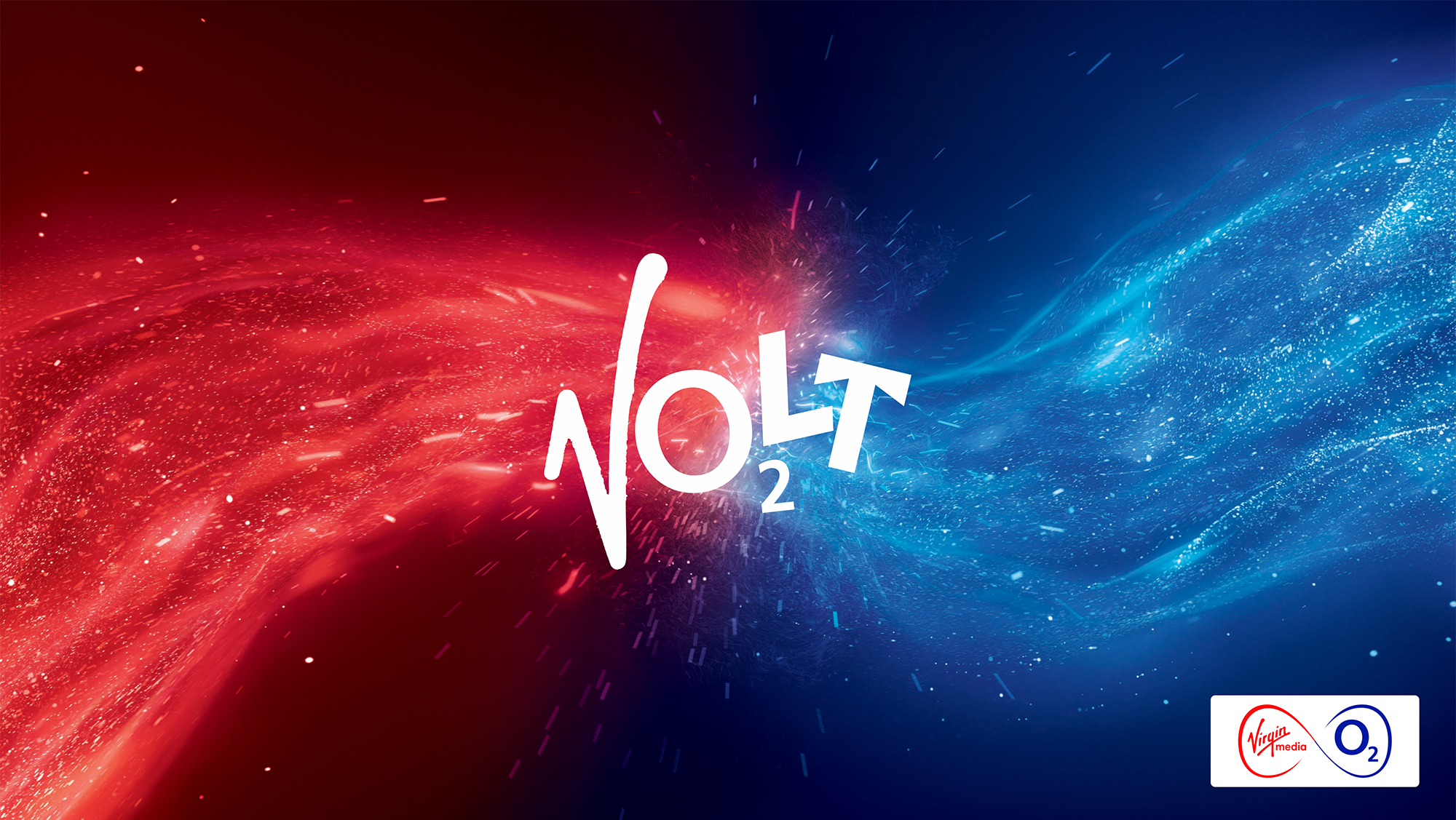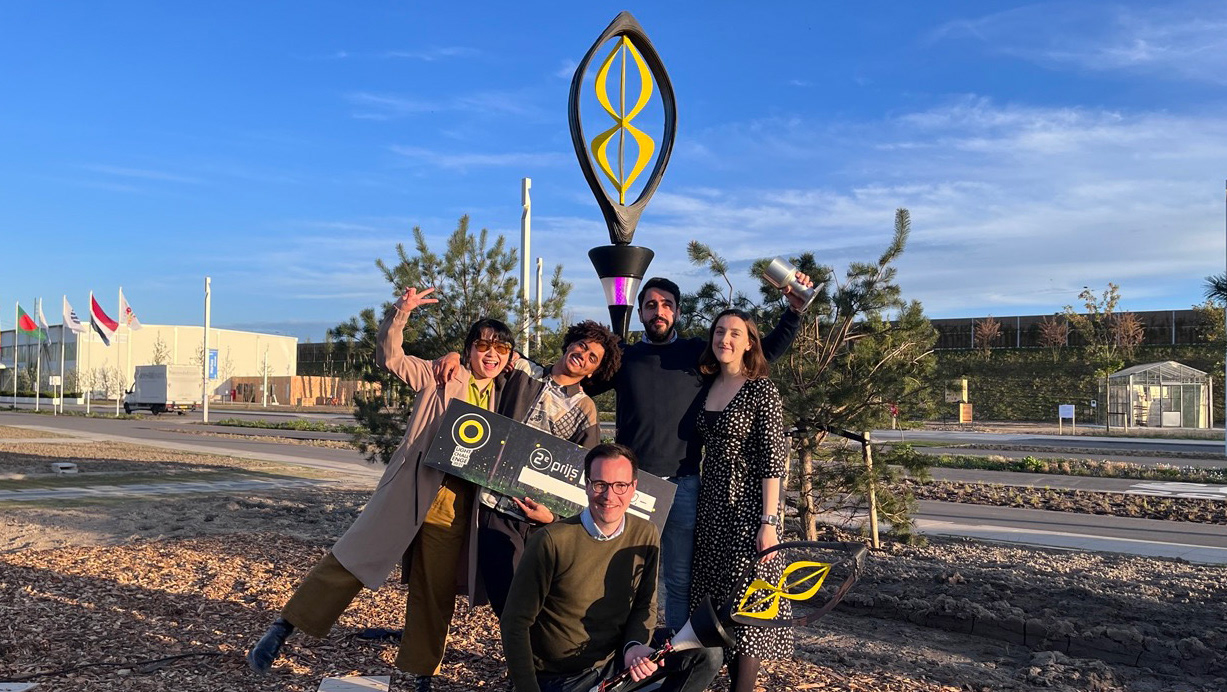Backstory
People nowadays often feel ‘green washed’ from the constant exposure to media showing them various climate catastrophes and the social pressure that is put on them every day to make the correct sustainable choices. It can feel overwhelming when we put individual effort and fundamental systematic change into perspective. As a result, people gradually refuse to listen to the hard facts, shying away from the truth about the possible future the earth could be headed to.
The Brief
Our client challenged us to design an experience to help people imagine future scenarios related to climate change. It was a very open brief with the possibilities of using any technologies we liked to deliver our message. So to get started we dove deep into research.
The Brief
Our client challenged us to design an experience to help people imagine future scenarios related to climate change. It was a very open brief with the possibilities of using any technologies we liked to deliver our message. So to get started we dove deep into research.
My Role
Concept Developer, UX Designer, Visual Lead, Animator, Feasibility Officer
Concept Developer, UX Designer, Visual Lead, Animator, Feasibility Officer
Client
Visual Methodologies
Visual Methodologies
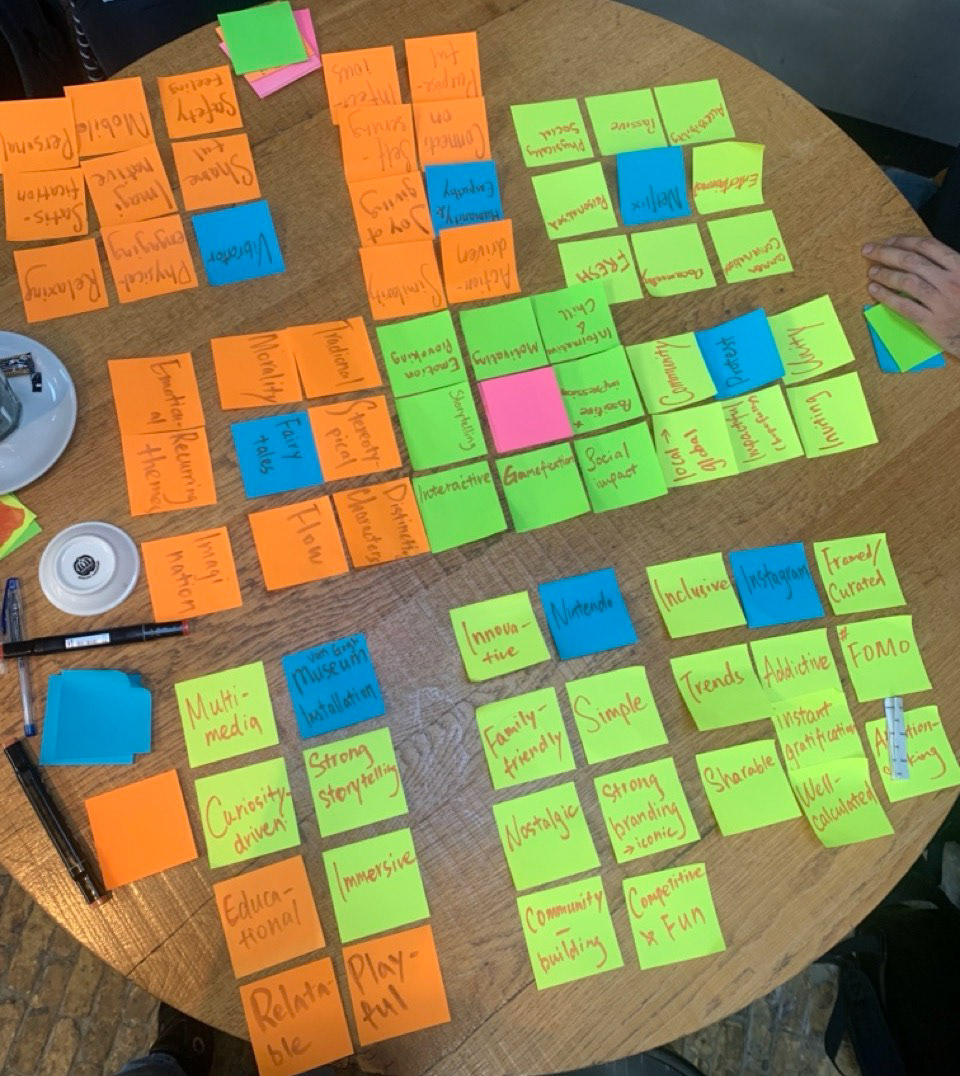
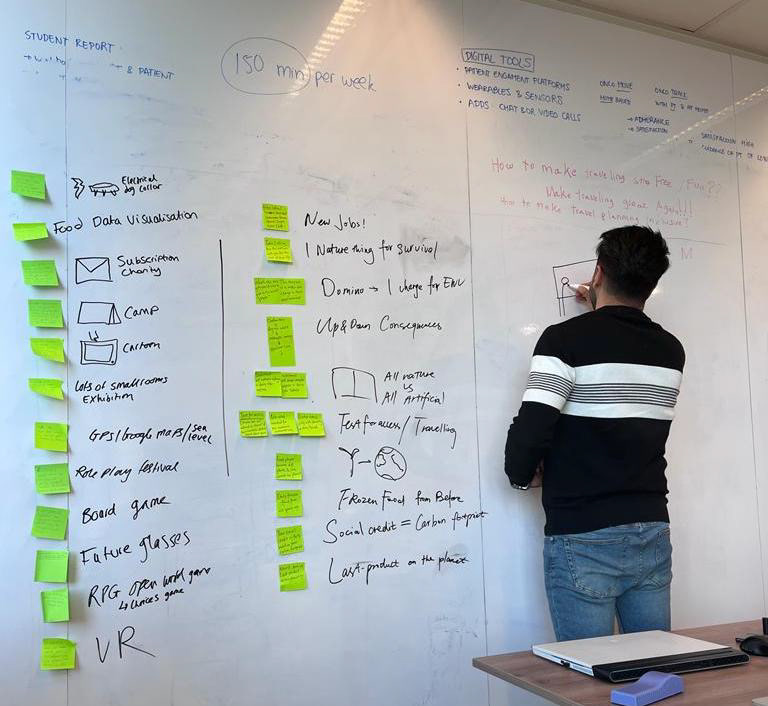
The Process
We used the Lotus Flower Ideation method to brainstorm and from there we individually developed our favourite ideas further. We looked for the best possible ways to transfer our message “what individuals can do regarding saving our planet by focusing on climate change”. As we delved deeper we discovered ‘serious gaming’ which uses gamification and tangible technologies to convey a strong message while making the user entertained. We also learnt the power of gamification in enhancing learning and knowledge retention. By interviewing an expert in the field of serious games, such as the Operation Manager at Ijsfontein in Amsterdam, we understood the importance of rapid prototyping and the power of a cohesive storyline.

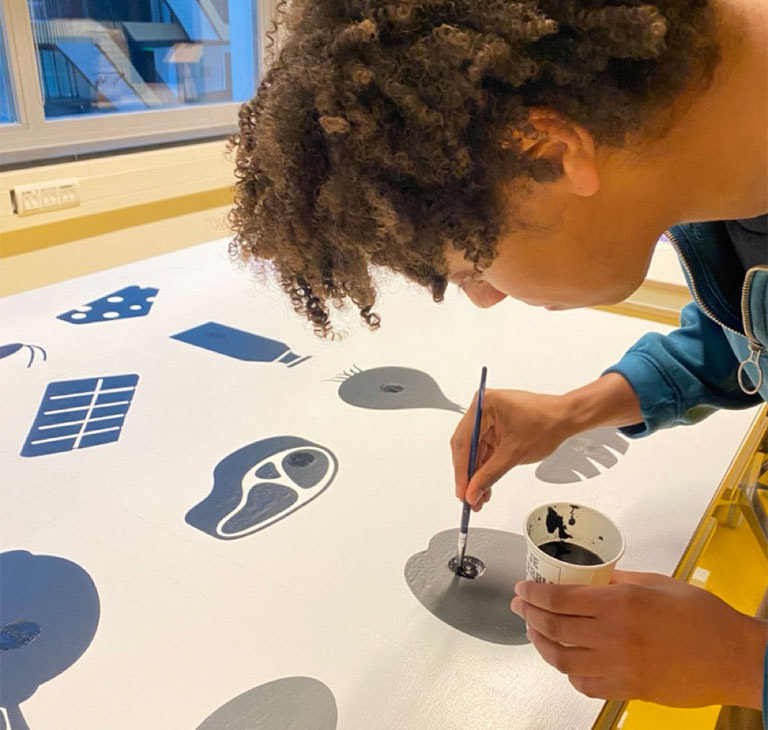
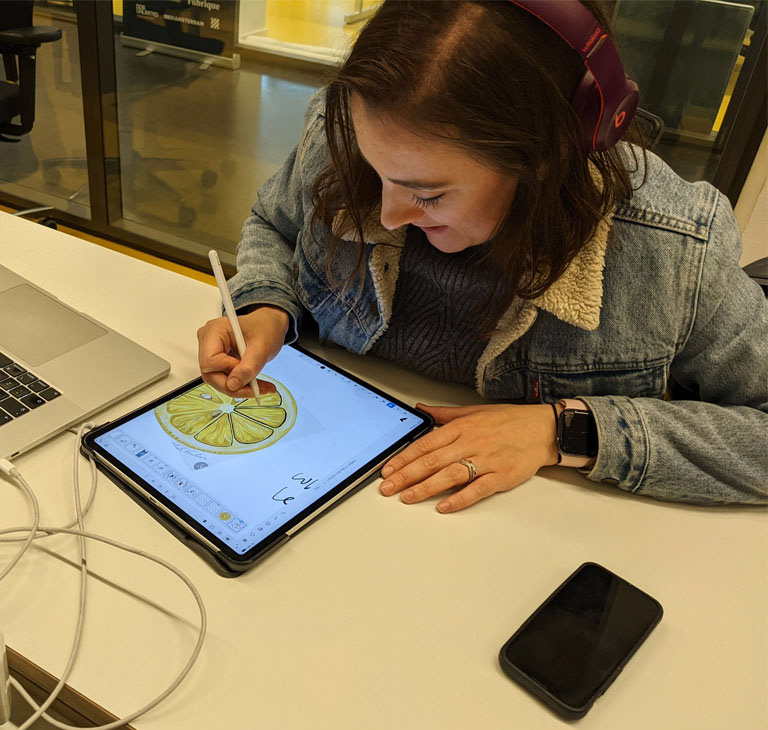
Our solution
We decided to work on an interactive solution to invite more audiences to the discussion. Our idea was to focus on a less discussed topic, people’s shopping habits and the level of CO2 that they cause with their buying decisions. Grocery shopping is something that everyone in the world participates in, regardless of demographics and wealth. Our main challenge was transferring the large database of this issue to our target audience, making it easy to understand, accurate and fun at the same time. With the help of projection mapping technology and touch sensors, our idea became an interactive game that helps people understand how their choices of buying daily foods can influence the level of carbon dioxide emission.
How to play - stage 1
Visitors create a shopping basket with a minimum amount of six items. They do this by touching the images of food on the wall, which works with electric paint that tells the computer what is selected. The goal is to submit what they think will be producing the lowest amount of CO2 emissions.
How to play - stage 2
In the next stage, they receive a shopping receipt where they see how much CO2 each item produced and how much in total. Information like the ideal daily CO2 production of the average Dutch person is shown for comparison. Depending on their results, they are shown personalised information based on the choices they made.
How to play - stage 3
Before exiting, they receive a fun prize made from recycled materials to remember the experience. It gives them information regarding their experience as well as having seeds to grow their own foods.
With our installation, we hope to have a lasting effect on people's shopping habits by giving them relatable information that they feel they can take home with them and make daily changes from. By gamifying the experience, we hope that the information will be remembered and influence people's shopping habits, making an impact in the future.
With our installation, we hope to have a lasting effect on people's shopping habits by giving them relatable information that they feel they can take home with them and make daily changes from. By gamifying the experience, we hope that the information will be remembered and influence people's shopping habits, making an impact in the future.




